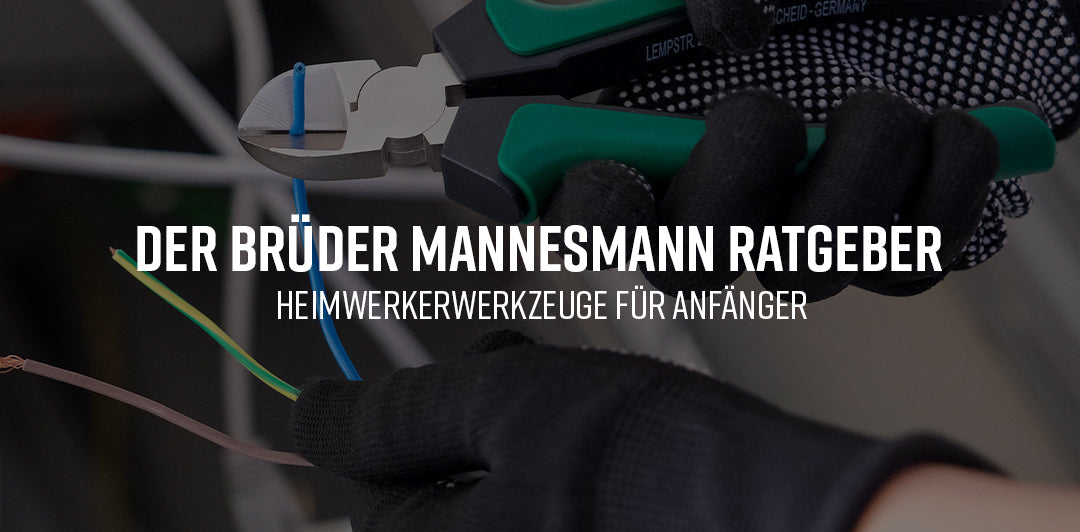When you start a renovation, the right tools are essential for working safely, efficiently, and precisely. They make your job much easier and save you time and effort. Depending on the type of project, your equipment requirements may vary, but with the basics, you'll always be well prepared.
Protective and safety equipment
Your safety comes first! Protect yourself with a dust mask from fine particles created during sanding or demolition work, and wear safety goggles to protect your eyes from dust, paint, or rust splashes. Gloves are essential to protect your hands from sharp edges or chemicals.
To keep your space clean, consider using drop cloth and painter's tape. These can protect furniture and floors from paint or dirt while also creating clean edges. An extension cord is also handy when working with tools like drills or sanders.
Measuring tools
Precise measurements are essential for almost any renovation. A tape measure, ideally at least five meters long, will help you determine distances and measurements precisely. For aligning shelves, picture frames, or furniture, you'll need a spirit level to ensure everything sits straight. For precise 90-degree angles, such as when cutting tiles or wood strips, a protractor or miter box is ideal.
Tools for dismantling and removal
For removing old materials or making repairs, you'll need basic tools: a hammer and various screwdrivers (flathead and Phillips) are essential. A cordless screwdriver makes tightening screws much easier. For more difficult jobs like removing tiles or demolishing walls, you can use a demolition hammer, chisel, or pliers.
Floor and wall treatment
When it comes to working on walls or floors, brushes and paint rollers are your best friends for applying paint evenly. Spatulas and jointing trowels help you eliminate cracks or uneven surfaces and clean up joints. If you need to remove old wallpaper, a wallpaper squeegee makes the job easier.
Construction and cutting tools
You'll need a variety of tools for cutting work: A hand-held circular saw is perfect for straight cuts in wood or laminate, while a jigsaw is suitable for curved or irregular cuts. For smaller jobs like cutting carpets or film, a sharp utility knife is often sufficient. If you want to achieve smooth surfaces or remove old paint, a sander (e.g., an orbital sander) is particularly helpful.
Construction and assembly tools
When it comes to drilling, you can't do without a good drill. A cordless drill gives you extra flexibility, as you can drill and screw without the need for a power outlet. Different drill bit sizes are essential to have the right tool for every material. For hard materials like concrete, you need special drill bits. For thicker materials like wood or metal, a jigsaw or reciprocating saw can be useful.
Finishing accessories
There are a few handy tools to help you complete your renovation: A silicone or caulking gun lets you seal joints neatly, while glue or mounting tape are ideal for securing loose materials. A stepladder ensures you can safely reach hard-to-reach areas.
Conclusion
Renovating requires planning, patience, and the right tools. With thorough preparation, appropriate protective measures, and a well-equipped toolkit, you can not only work efficiently and safely, but also enjoy renovating. Remember that well-maintained tools ensure the best results, and choose the equipment that's right for your project. This way, nothing will stand in the way of your dream new home!
Here you will find all the useful tools for your renovation work.















